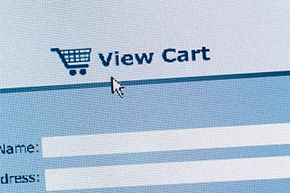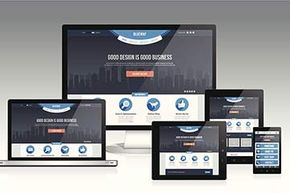In the Internet's early days, people were afraid to shop online. Specifically, to give out their credit card information. Eventually they became comfortable with the security issues in place, and online shopping flourished. But in the early 2010s, retail hacking became somewhat commonplace. By 2014, 62 percent of consumers reported being more nervous about online security than ever before, while 23 percent said they're so worried about the issue they're cutting back on their online shopping [source: Thompson]. This means you need to make sure visitors feel your site is professional and secure.
People trust each other more than an anonymous website, so adding an "About Us" page with your photo and bio can help. If you have a team of employees, include their photos and biographies as well. Customer testimonials are useful too, especially video clips. Make sure your site includes info about return policies and satisfaction guarantees, which also calms nerves. And, of course, make sure you display your SSL certificate symbol so customers know your website is protected by standard security protocol [source: Ward].
The No. 1 reason customers abandon shopping carts are high shipping and handling fees. Mitigate that objection by prominently listing your shipping fees, particularly if you can offer a flat rate (or free shipping) for large purchases [source: Ward].
Shoppers often look for a trusted third party (TTP) to approve your site and your methods. Companies like Symantec can provide your site with a digital security certificate that says that you are who you say you are. This helps give visitors the confidence to become buyers, and will often make a big difference in your perceived credibility. Another security watchdog organization is TRUSTe. TRUSTe sets policies for the use of personal information, as well as the protection of consumers. Both of these TTPs control the use of their logos through various embedded links. For example, if you click on the TRUSTe seal on a given site, it should link to an active TRUSTe validation page hosted on truste.com. If it doesn't, you may have visited a fraudulent site.
The use of SSL (Secure Sockets Layer) and a digital certificate provider ensure your customers' sensitive data is protected during its transmission to your secure server. This protection comes via encryption. Encryption involves encoding the information through a public key in your customer's browser, then decoding it through a private key held only by you (or those you authorize). By using a digital certificate provider (like Symantec), the holder of the decryption key is validated as the correct owner and can then use the data as they need.






